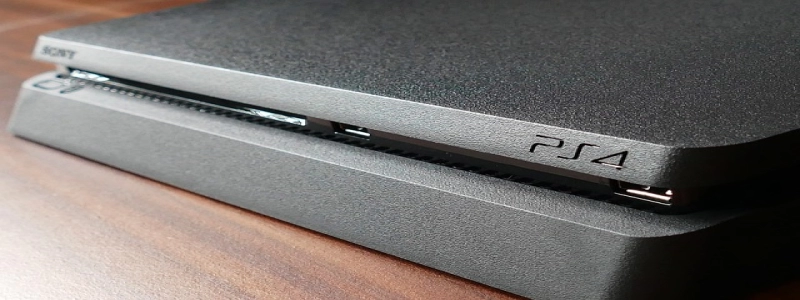2.5 GB Ethernet Port
Introduction:
The advancements in technology have significantly increased the demand for higher network speeds and bandwidth. With the increasing data transfer requirements, the introduction of the 2.5 GB Ethernet port has revolutionized the networking industry. This article discusses the significance of the 2.5 GB Ethernet port and its impact on data transmission.
I. What is a 2.5 GB Ethernet port?
A. Definition
The 2.5 GB Ethernet port refers to a network interface that supports data speeds up to 2.5 gigabits per second (2.5 Gbps). It provides an upgrade from the traditional 1 Gigabit Ethernet (1 Gbps) ports commonly found in most devices, including routers, switches, and network adapters.
B. Backward Compatibility
One of the key features of the 2.5 GB Ethernet port is its ability to support backward compatibility with existing network infrastructure. Devices equipped with this port can still connect and communicate with devices that have lower speed ports, such as 1 Gbps or 100 Mbps.
II. Advantages of a 2.5 GB Ethernet port
A. Increased Bandwidth
The 2.5 GB Ethernet port offers higher bandwidth compared to the traditional 1 Gbps ports. This increased bandwidth allows for faster data transfer and reduces network congestion, especially in environments with high data demand, such as offices with multiple users or data centers.
B. Cost-Effective Upgrade
Upgrading the network infrastructure to accommodate 10 Gbps Ethernet ports can be expensive and may require significant changes. However, the 2.5 GB Ethernet ports offer a more cost-effective solution for organizations looking to enhance their network speeds without investing heavily in expensive upgrades.
C. Power Efficiency
Unlike higher bandwidth solutions like 10 Gbps Ethernet, the 2.5 GB Ethernet port consumes less power. This improved power efficiency is beneficial for devices such as laptops and mobile devices as it extends battery life while providing increased network speeds.
III. Applications of the 2.5 GB Ethernet port
A. Small and Medium-Sized Businesses
The 2.5 GB Ethernet port is an ideal solution for small and medium-sized businesses seeking affordable network upgrades. It enables faster data transfer and improved connectivity without the need for expensive infrastructure changes.
B. Gaming and Multimedia Applications
Online gaming and multimedia streaming require higher network speeds for seamless performance. The 2.5 GB Ethernet ports provide superior connectivity, reducing lag and latency issues commonly experienced with lower speed ports.
C. Data Centers
Data centers handle vast amounts of data daily. The 2.5 GB Ethernet ports enhance network performance in these high-demand environments, allowing for faster data processing, backup, and storage operations.
Conclusion:
The 2.5 GB Ethernet port offers a cost-effective and efficient solution for upgrading network speeds in various settings. Its increased bandwidth, backward compatibility, and power efficiency make it a versatile choice for organizations and individuals seeking to enhance their network connectivity. As technology continues to advance, the 2.5 GB Ethernet port plays a crucial role in meeting the ever-increasing demands for faster and more reliable data transmission.








